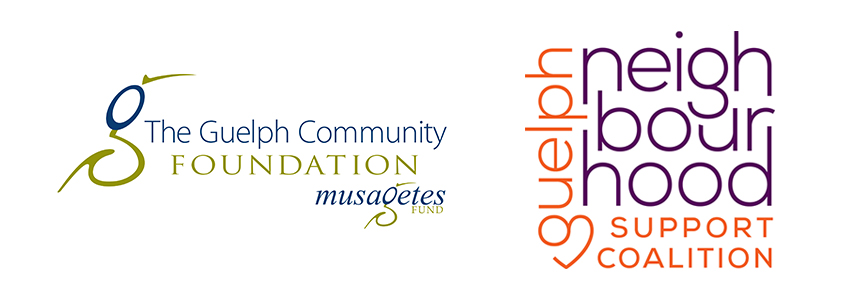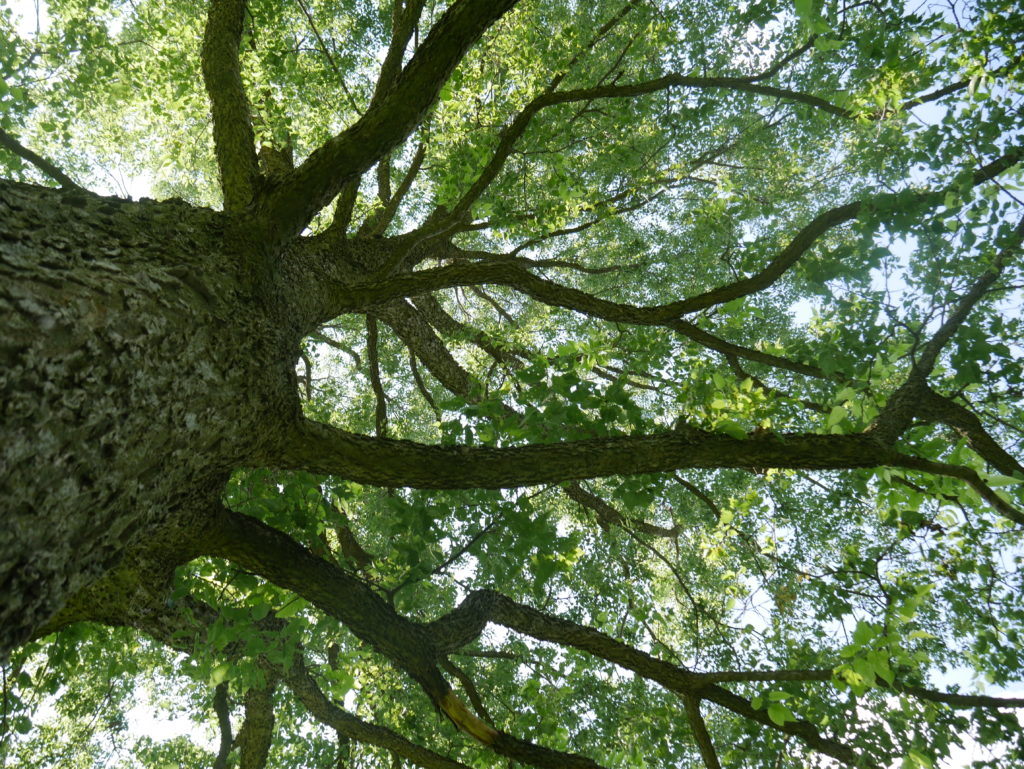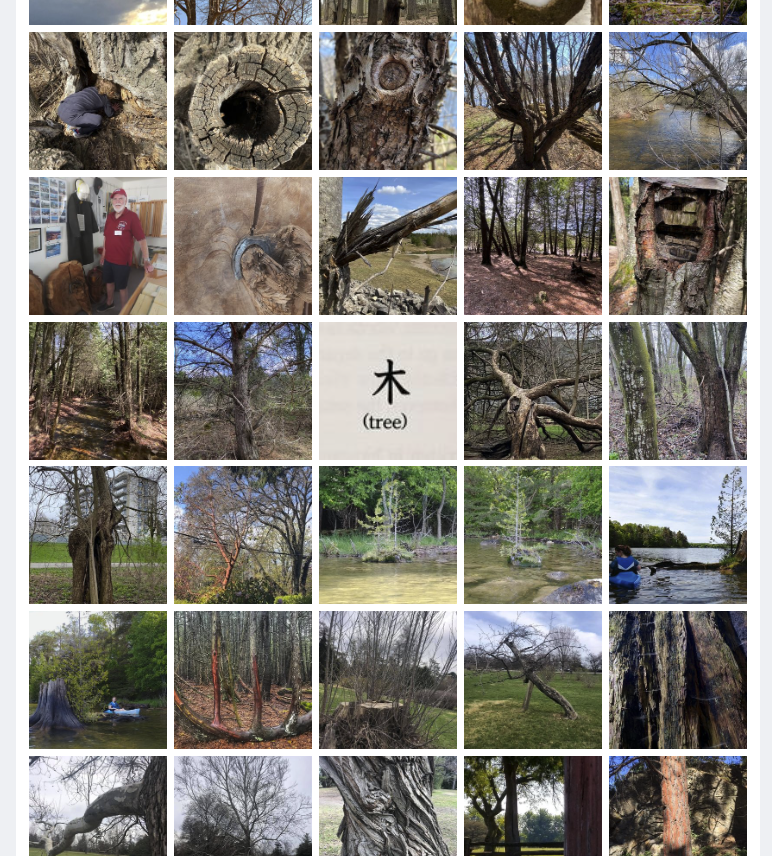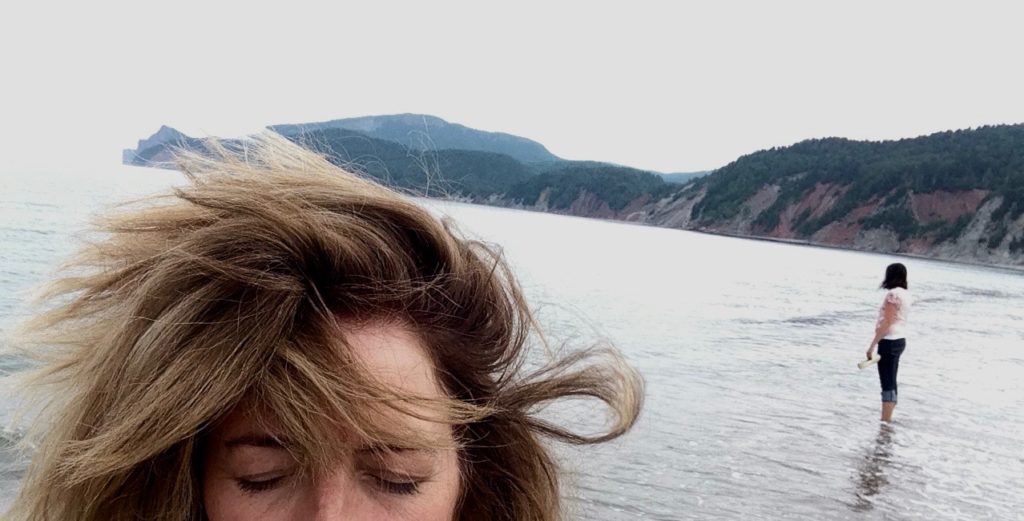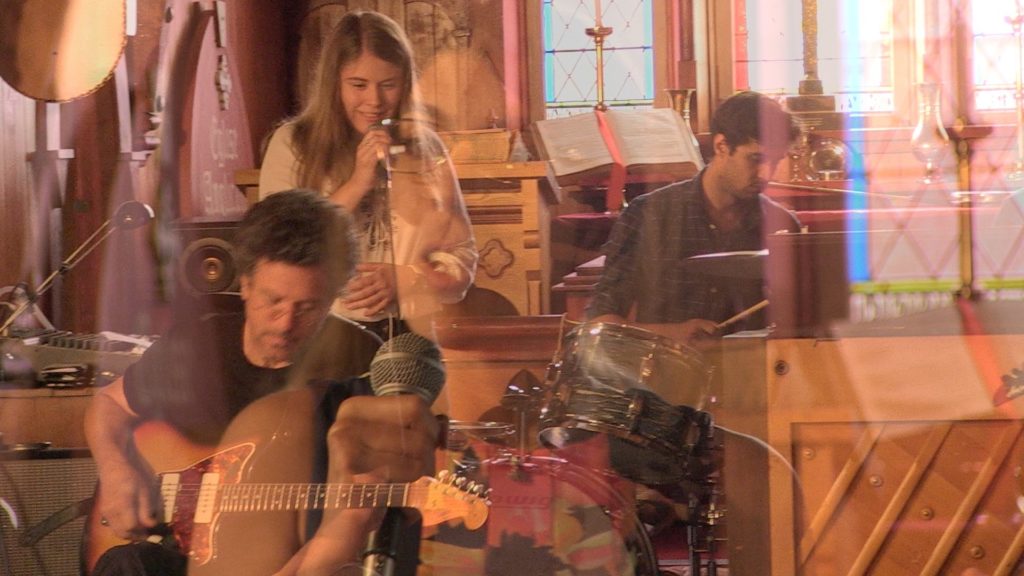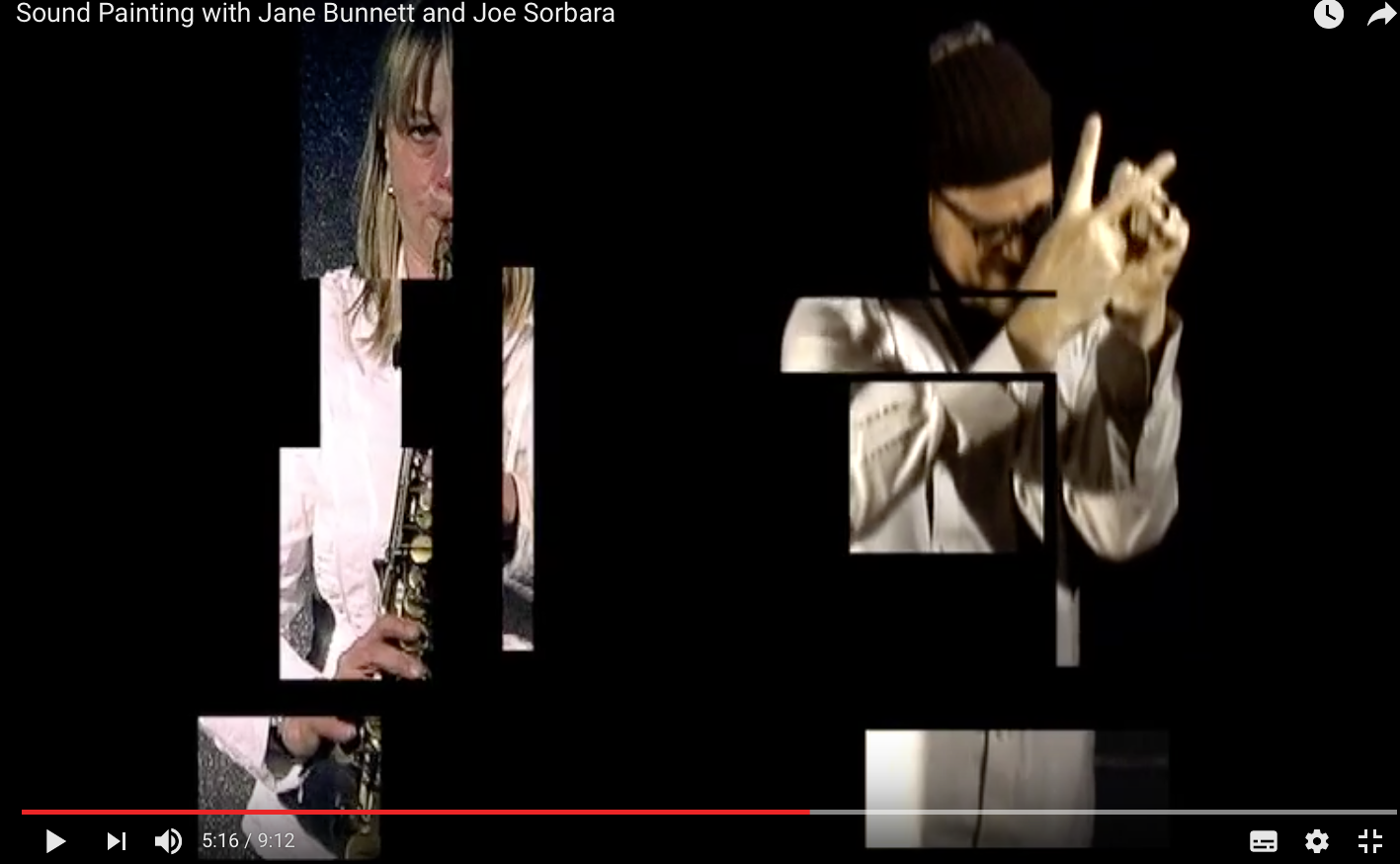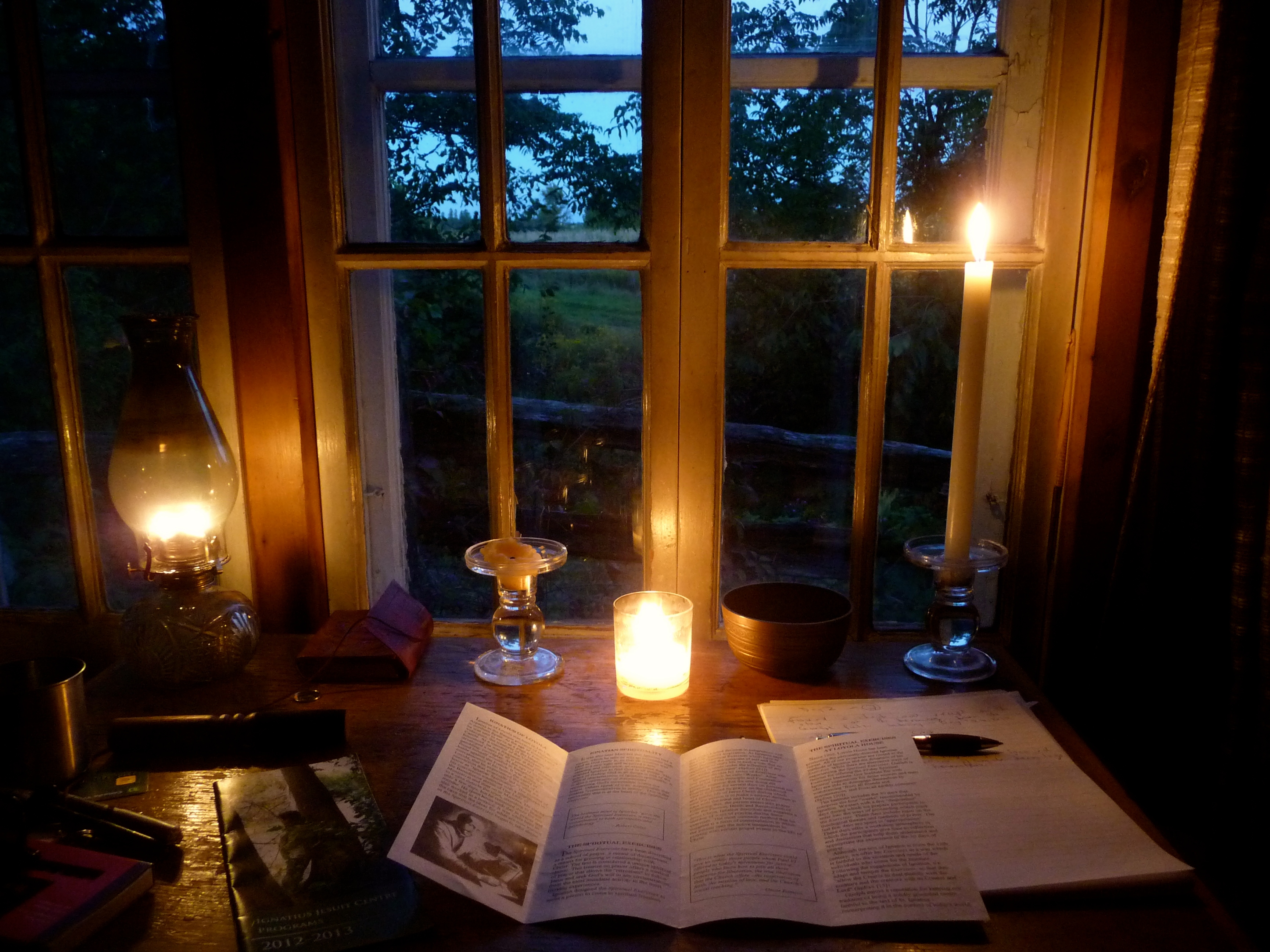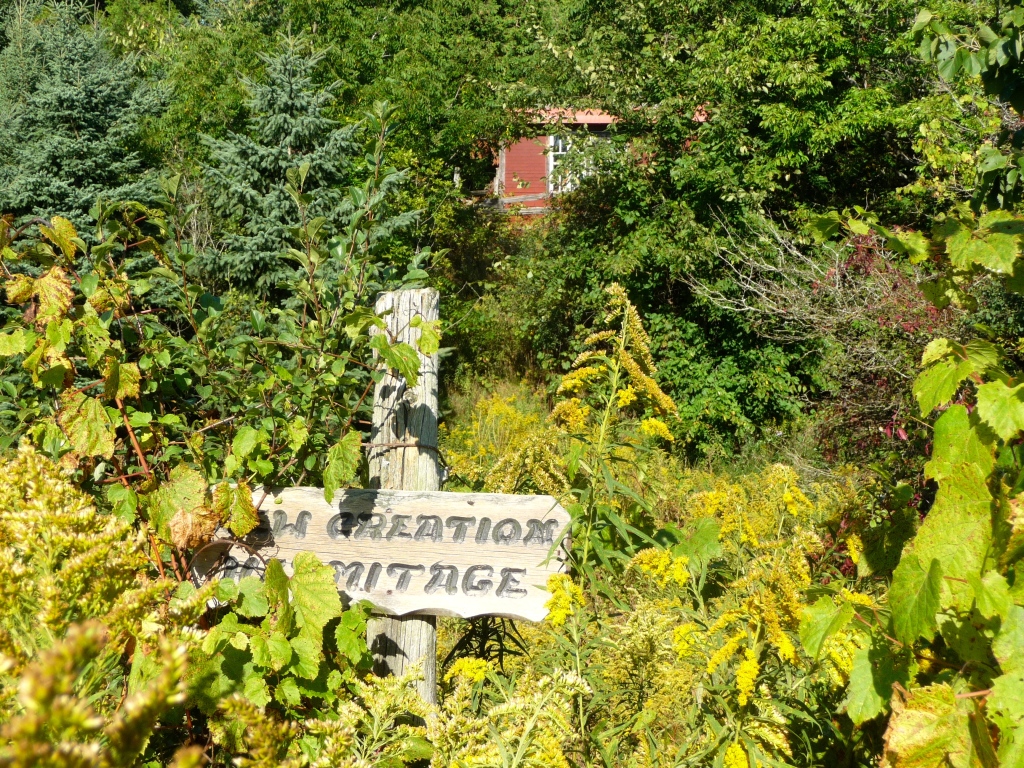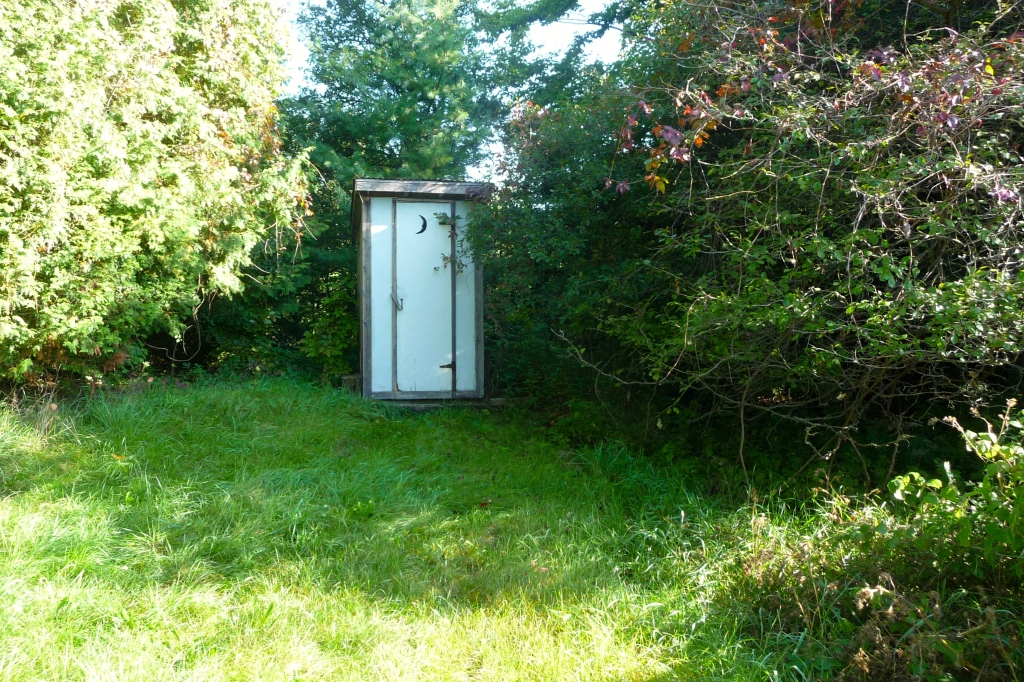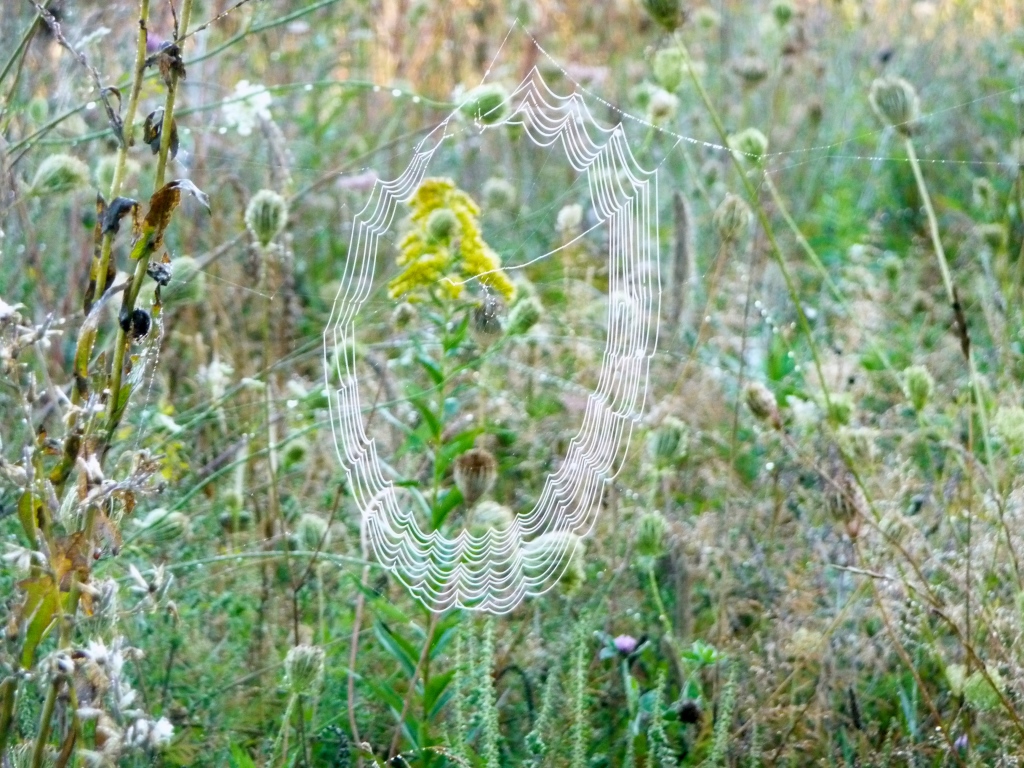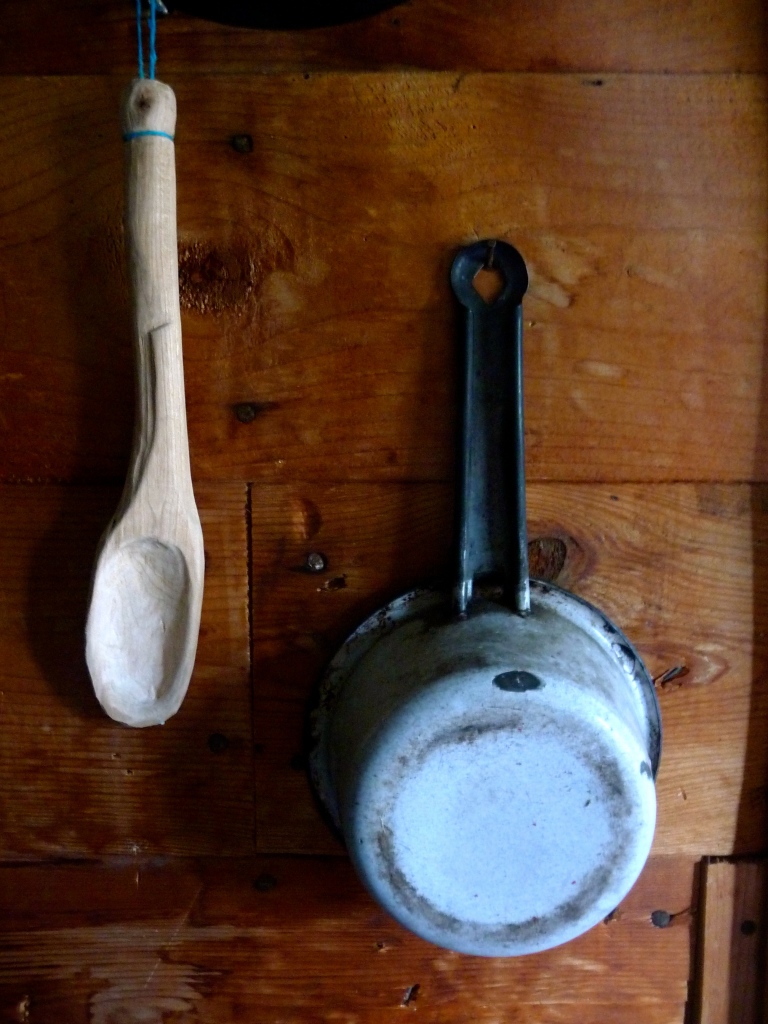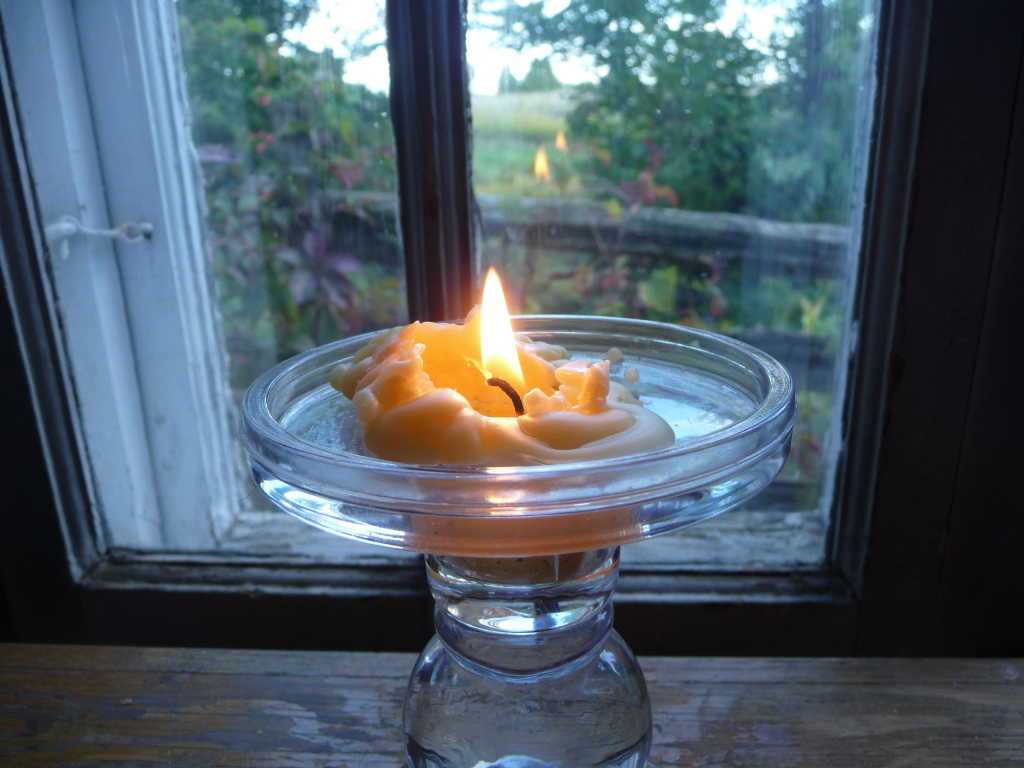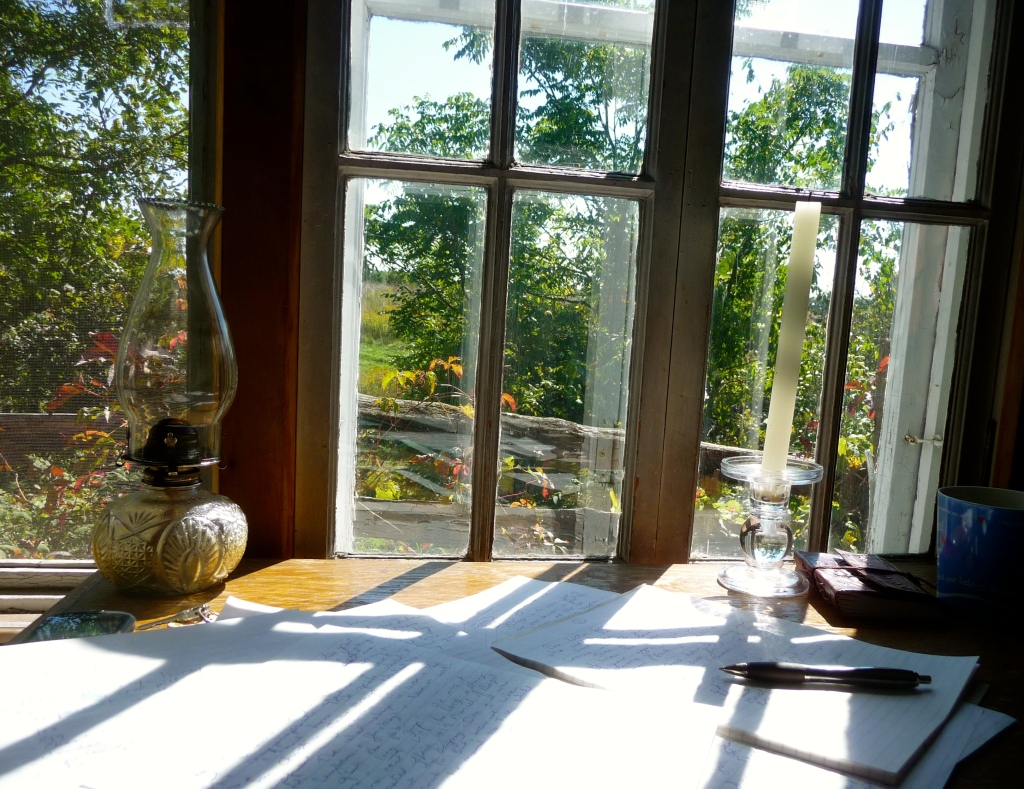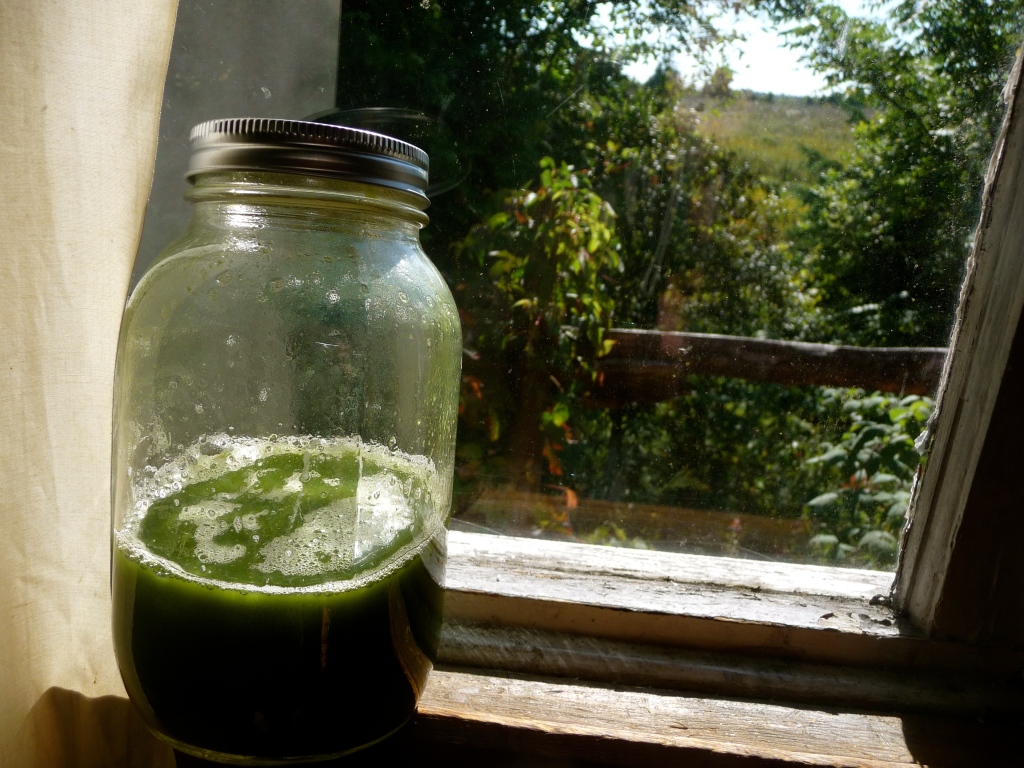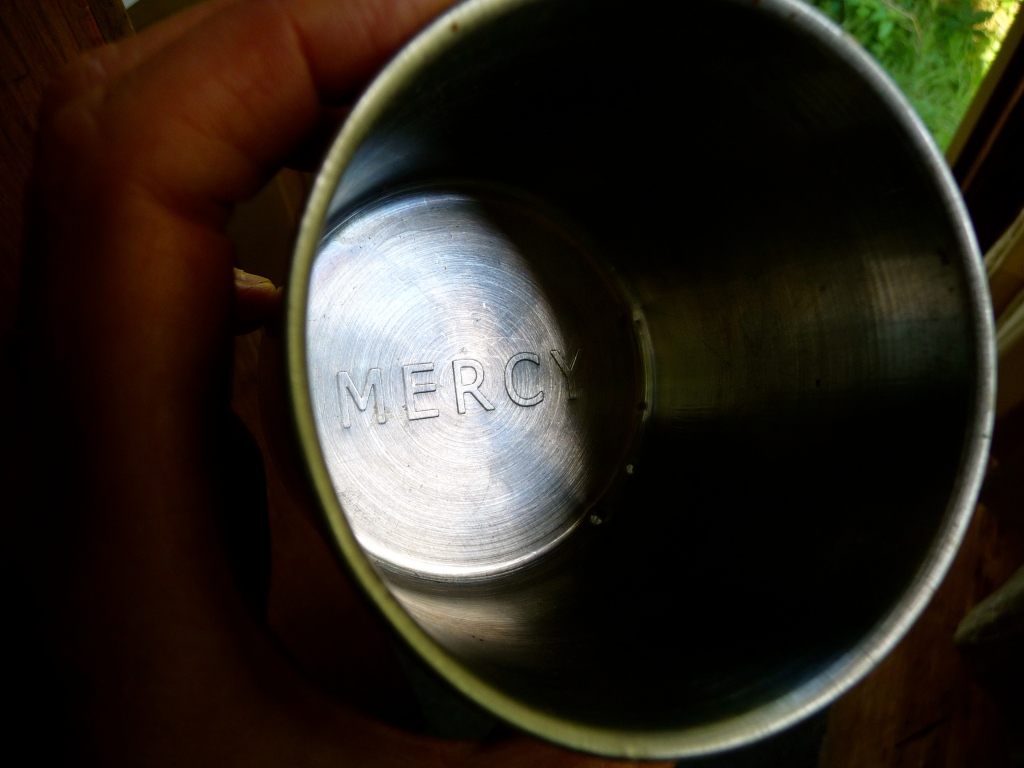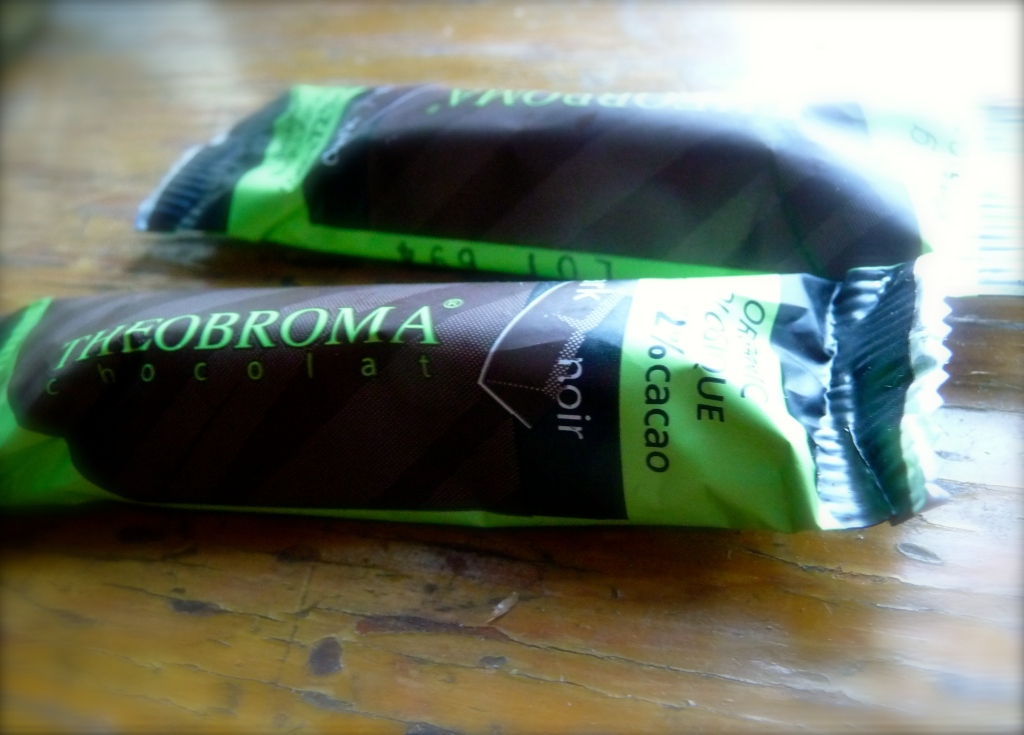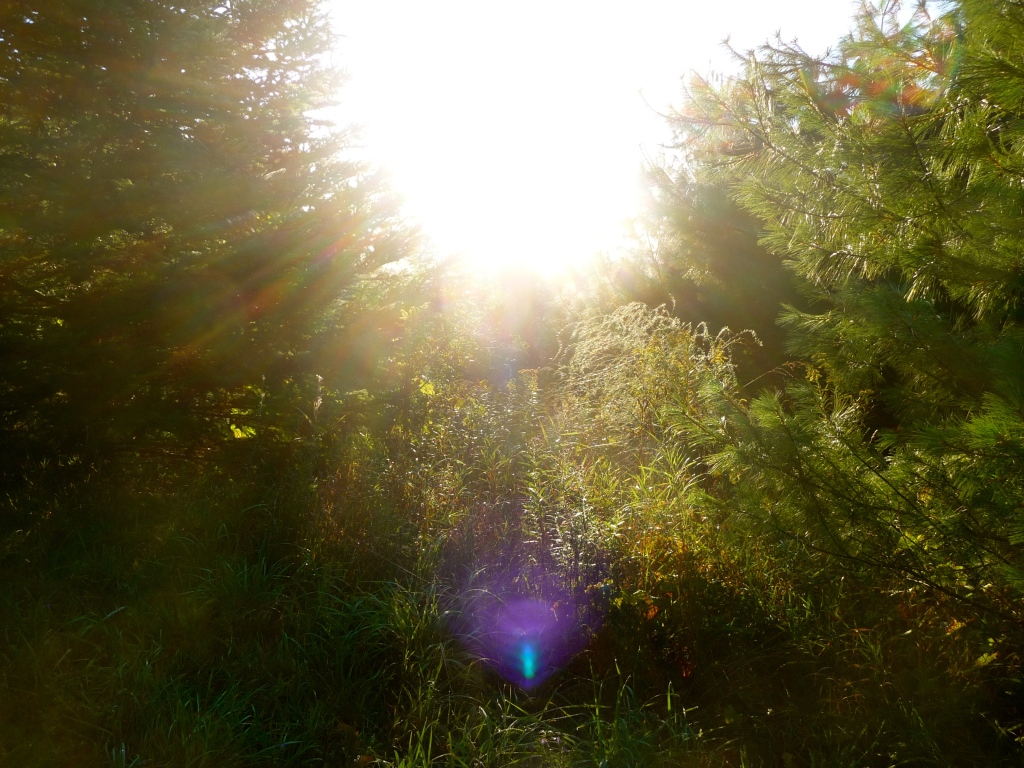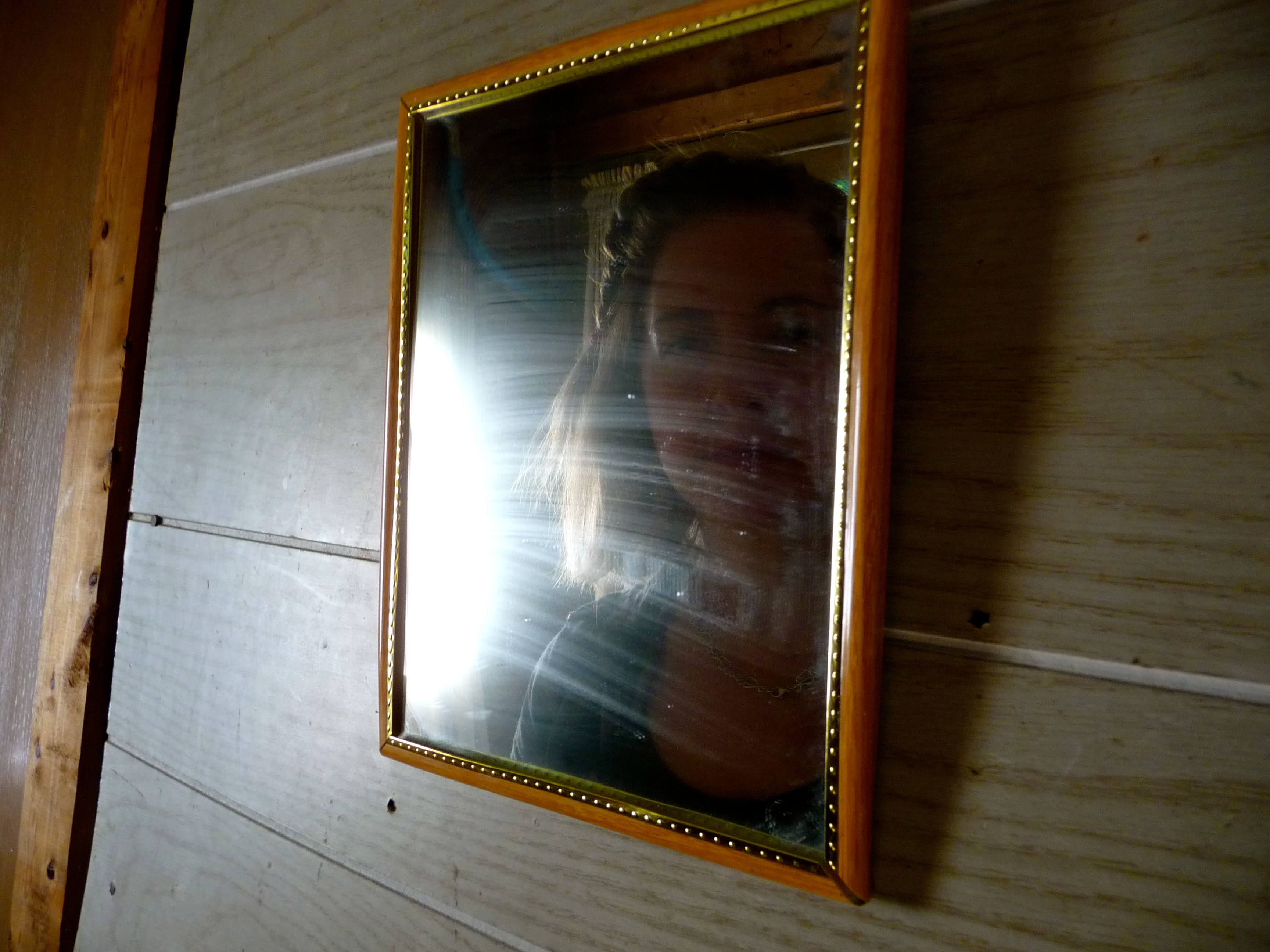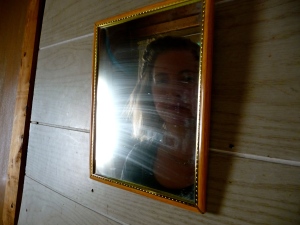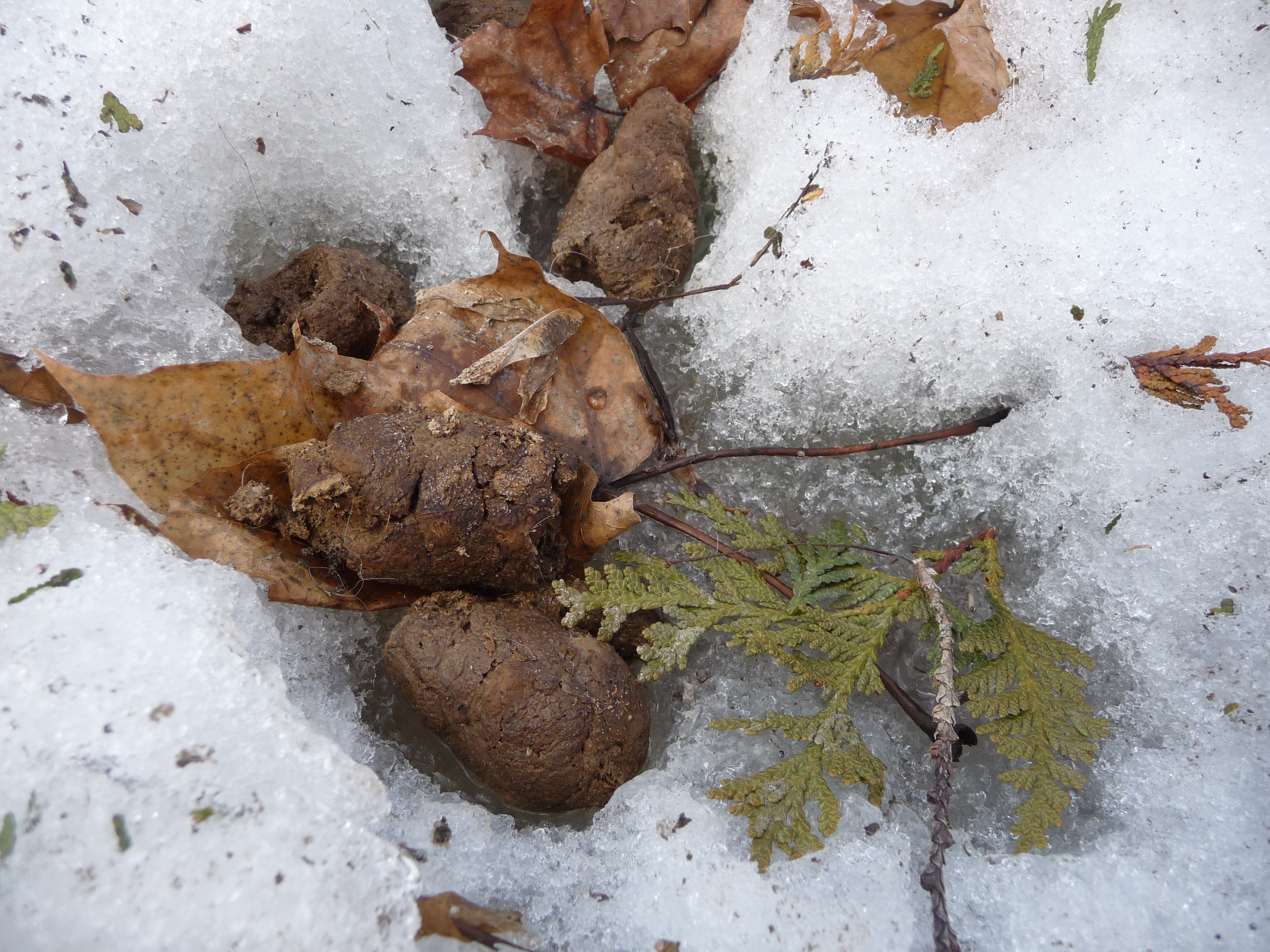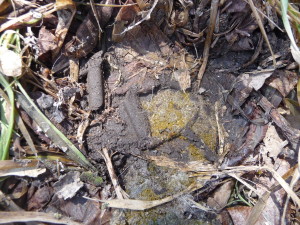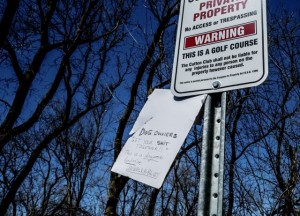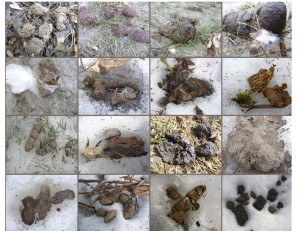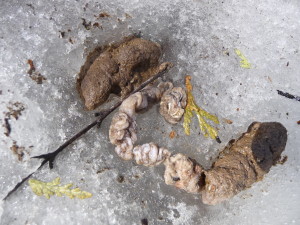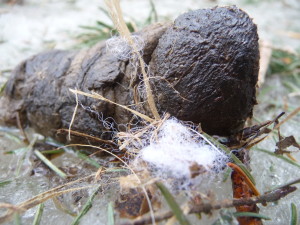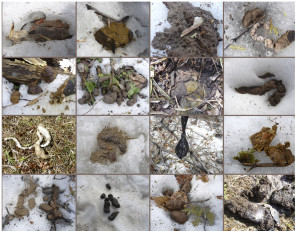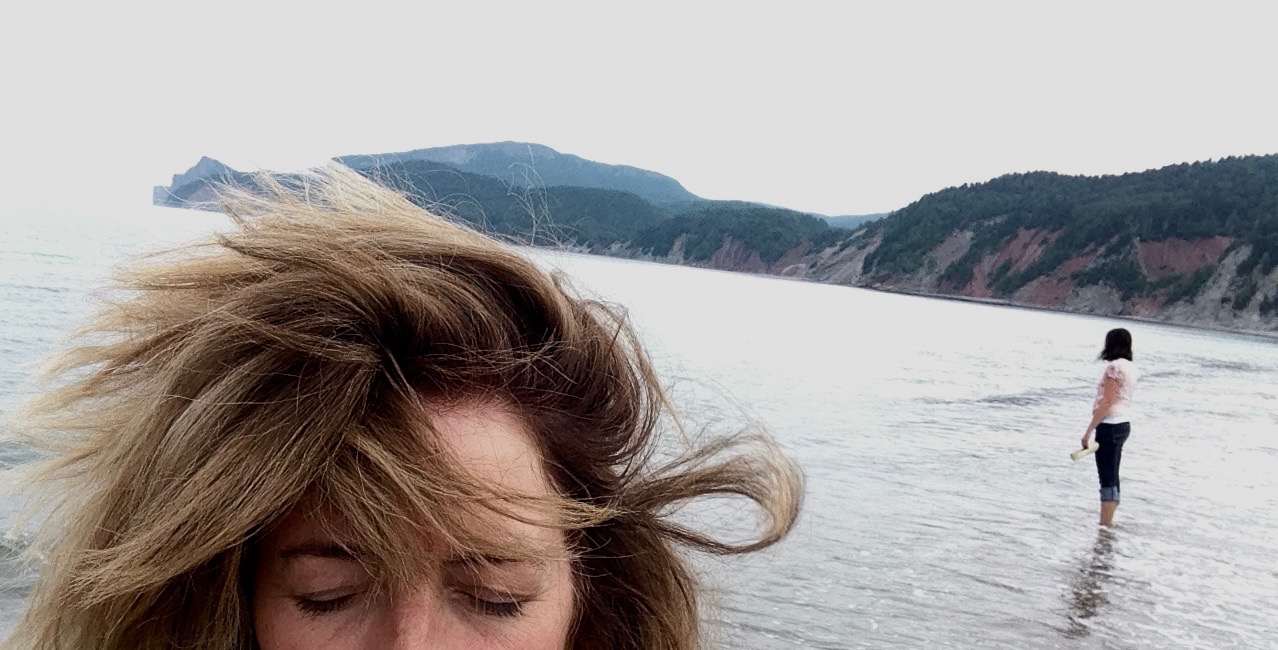
GGGGREAT News !
Films I made while in residence on the ocean in Gaspe, Quebec at the International Institute for Critical Studies in Improvisation summer camp, Musical Improvisation at Land’s End / Coin-du-Banc en folie will be installed in a very cool old barn Uptown Waterloo, across from CITY HALL on William Street.
DETAILS OF LOCATION TO COME!
FREE TO ALL- with many other sound and light projects installed all throughout Waterloo!
Below is the journal I wrote about the process behind this project, whereby I recorded the improvising musicians recounting their dreams to me, immediately upon waking… I then broadcast these dreams back to the group who performed live ‘soundtracks’ to accompany the narratives. I shot the visuals all onsite inspired by the dreams.
No portrait of a creative residency collaborating with musical improvisers felt complete without a deep exploration into the most intimate, untamed, and magical of states —dreamtime.
Dreaming at Land’s End
This is an account of Dawn Matheson’s video project, Dreaming at Land’s End, produced at the 2018 Musical Improvisation at Land’s End / Coin-du-Banc en Folie.
Essay FROM Critical Studies in Improvisation/Études critiques en improvisation, Vol. 13, No. 1
NIGHTTIME:
We are underwater. (Breathing is not a concern). There are two sets of me: one exists on a game board and the other operates the game. One is a princess, the other is an old man. I don’t know who does what or who is in charge. But I do know that we are both lonely.
All of a sudden, we surface on an island, me and myself. There are canapés of food, which is what Ajay calls them in my dream, canapés, though it is really just Tim Horton’s take-out floating on the water. Water all around.
“Tout d’un coup!” Alain yells. “Tout d’un coup!” And we are invaded by an army that I never see, but that I know is there. I am on both sides at once: one of me is valuable and must be hidden; the other is hunting me.
—Oh listener, it is such a long dream, longer than a lifetime. Follow along for a bit, will you? It helps me to tell it to you—
Alain is trying to hide me inside a piano, but the strings and boards are in the way.
It is so crowded in here, yet, somehow, I fit. I can see myself hiding there, but I pretend I don’t.
I crawl through a small wooden chamber out into a succession of interconnected warehouses, each like a film set showcasing a particular period in history. I have to change my clothes for each scene so as to blend in.
I am floating just above the action, out of arm’s reach, just high enough to not be noticed by the unknown people.
—It’s exhausting, listener. It takes such a good deal of flapping—
Oh no, the dream is slipping away. The daylight is coming in. Someone’s alarm is going off in the next room.
The words to the story are vanishing, yet a heaviness of feeling lingers—a sensation of spiders, and a thin trace of a lover who is blind and who once loved me so deeply, so darkly, but whose love has since faded.
I awake with the word thorax on my lips.
DAYTIME:
A lot of dead things were blocking my view while shooting video through Alain Chalifour’s picture window. From the living room looking east, the close-up is all wings and spider legs; the long shot, blue—an evermore blue infinitude pounding the shore, the heave-ho of the Atlantic ocean’s lungs, the soundtrack to all waking and sleeping beings within earshot of this untamed place. To the right are dramatic red-cut cliffs and just around the bend is the ever-anticipated, yet always surprising, eruption of multi-hued limestone called Percé Rock.
Can you picture it, reader? The thousands of stinking nesting northern gannets and thousands of stinking sightseeing humans lumped together at the end of the land in Gaspésie, Quebec—all here to witness something bigger than ourselves: the wonders of life.
Behind me, seated at a long wooden table in the salle à manger of the large, yellow, wooden house, are ten improvising musicians speaking all at once in French, English and Persian (a setar player and his girlfriend have travelled the furthest: from Iran). We eat gruau, the hors d’ouevre to breakfast—oatmeal with bloated raisons and sucre brun—offered each morning with an abundance of exuberance. Deana Chalifour, Alain’s wife, is in the kitchen cooking the eggs, the quiche, the pancakes, the more involved cuisine, all the while hollering at Alain, who has, yet again, gotten behind in his serving duties due to too much exuberance.
We, of linguistic, gender and cultural differences, of diverse skills and assorted experiences, are together for eight days and seven nights to listen to each other’s stories and sounds, to respond with our own stories and sounds, and to test out the claim that musical improvisation—a language not spoken—can serve as a model for political, ethical, and cultural cooperation.
I am not a musician, but I am also here to improvise, and my craft is video.
Ajay Heble, the director of the International Institute for Critical Studies in Improvisation (IICSI) and Alain Chalifour, camp co-organizer and the owner of one of the few houses here in Coin-du-Banc, Québec (where there isn’t a Tim Horton’s for over 50 kilometers), had originally invited me to document the numerous activities and public performances of this, the third annual bilingual improvised music camp entitled Musical Improvisation at Land’s End / Coin-du-Banc en folie. I accepted, but added a twist.
The last two camps had already been so well-documented, resulting in hundreds of hours of digital content stored at the IICSI head offices at the University of Guelph. From this footage, two beautiful films were produced. Reader, you must see filmmaker/researcher Kimber Sider’s comprehensive and attentive documentary and Brazilian filmmaker João França’s enchanting meditation, Why I’m Here / Pouquoi je suis ici.
Kimber’s video elucidates the intensity of connections made (musically and socially) among camp participants, visiting artists, researchers, hosts, even locals—substantiating the claim that improvisation really does build community, even between strangers. João’s piece. . . well, reader, in watching it, you will feel the Gaspésie’s magical je ne sais quoi deep in your body and embrace the transformative spirit of the camp within your heart. Both films have been rightfully fêted at festivals.
I couldn’t compete with that. I wanted to do something different—to propose a video project that hadn’t yet been considered, but that also provided some insight into improvisation and community-making. And I, too, wanted to attend camp as an improvising artist rather than as a documentary filmmaker, which had been my role in the past at IICSI. I craved to be free from any expected structure and self-consciousness—self-imposed or otherwise—and to use my intuition and imagination as the driving inspiration while still portraying something authentic. And so, I proposed to explore the unexplored—the other highly creative half of the time we all spent at Coin-du-Banc: dreamtime.
As I understand it, the practice of improvisation requires deep listening, which involves the suspension of conscious control and the heightening of the senses. This, in turn, enables freer, more spontaneous thoughts and actions, which uncover new connections and previously unrealized associations. At times, improvisation feels so extemporaneous that it seems to come from somewhere else altogether—but in actuality, it comes from deep inside of us. Improvisation, as it turns out, is much like dreaming.
What is going on in the unconscious or semi-conscious minds of the participating improvisers while sleeping? Nobel Prize-winning neuroscientist Eric Kandel states that, “human creativity. . . stems from access to underlying, unconscious forces” (The Age of Insight). How, then, are dreams affecting the participants’ creative output during the workshops, and how are these waking experiences and sense of place affecting their dreams?
Throughout history, artists have frequently turned to dreams as a source of inspiration, a retreat from reason, and a space for exploring imagination and desire. Musicians, from Beethoven to the Beatles, have attributed their dreaming minds as the rightful composers of their music. Philip Glass once claimed he rushed to write his dreams down immediately upon rising, then spent the entire day trying to compose work that brought them into waking life (Fulker).
“Slumber with a key” is how Salvador Dali described his conscious use of the unconscious as inspiration for his work, unknowingly activating what neurologists call the hypnogogic nap: the process through which the mind unlocks free-flowing creative thoughts (Carr).
In my own life and artistic practice, dreams have increasingly become a source of wonder and inspiration—so much so that they have stared out-wowing my waking life (reader, I can fly in my dreams!). I wanted to spend more time exploring this state in the body and in the mind, and search out how it relates to creative practice and improvisation. I wanted to find a way to lure the stories of the night out into the light of day and make art out of them, or at least give them a larger role in my creative work.
So, it seemed Musical Improvisation at Land’s End would be the perfect occasion to birth this project, with the perfect group of people with whom to collaborate: improvising strangers living together, taking creative chances in an enchanting place “where the land ends, [and] imagination begins” (as the camp slogan states).
Besides, everyone dreams (even if some claim to not remember their dreams). It is a universal human experience—a way for us all to come together despite our differences, something we can all share, which is exactly the common component I seek in all of my collaborative projects, especially when working with diverse participants. I believe that by creating and imagining together, and by sharing personal pursuits of meaning, we can combat isolation and loneliness, open minds, change perceptions, and break stigmas and stereotypes. Plus, what an icebreaker for a group of strangers. “Tell me your dream” surely beats the standard circle opener, “tell me what you had for breakfast.”
The further I researched the intersection between dreaming and improvisation, the more evidence I found to support the connection. Director Ajay Heble describes his earliest aspirations for creating such a camp as a long-time personal dream, and a young camp participant in the first year stated that she must have visited the camp in a dream: “I knew I’d been here before, even though I’ve never even been here or even heard about it until, like, two months ago.”
When I learned that dreams were an integral part of improviser and IICSI sage Pauline Oliveros’s work—who also collaborated on an annual Dream Festival with her life and artistic partner, IONE—it began to feel as though no portrait of the week would be complete without an interrogation into the dreaming life of camp participants. It felt necessary for the sharing of dreams to play a role in the daytime programming.
So, Alain and Ajay, together with the guest improvising leaders Marianne Trudel and René Lussier, took a chance on my proposal, Dreaming at Land’s End.
NIGHTTIME:
I’m trying to remember now, listener. Hmmm.
There was an exam. It was on the spider. We had to identify the anatomy of the spider. All I had was the thorax down.
Then, in the kitchen where I lived, was—oh my goodness, that’s right, a lover. Oh gosh. There was a lover. A person who was blind was my lover.
I was trying to clean out the cobwebs in the plant pots so I could plant new trees.
Inside I spotted what I thought was a mouse, but it was identified as a miniature hedgehog by some unseen dream divinity. The thing had the face of my own dog, which made me miss my dog so much.
I was showing the hedgehog to my new blind lover, showing him the face of my dog, but he couldn’t see it.
FIRST NIGHT:
I arrived in Coin-du-Banc a night before all the others arrived, walking in on a Chalifour family feast: kids, grandparents, French singsong, laughter, hollering, seafood, wine. I became family in under five minutes.
I was seated next to Alain’s son-in-law who works as a physician-radiologist and runs several private MRI clinics in Montreal. I told him about my dreaming project.
To avoid any potential airy-fairy or artsy-fartsy assumptions from a man of science, I told him about the study conducted by Charles Limb, a surgeon and research scientist at the University of California, who is also a jazz saxophonist (“Neural Substrates”). Intrigued by the genius of John Coltrane, Limb put jazz musicians into MRI machines to see what happens in their brain as they improvise live, and, with his colleague, AK Braun, he designed a miniature electronic keyboard that could be balanced on the knees and played while in the tube.
My dining mate was not surprised by the results—when someone is improvising, parts of the brain associated with self-expression are highly active. He concurred that, when creating something new, there would be a widespread activation of neocortical sensorimotor areas.
Limb states that, when improvising, another part of the brain (associated with inhibition) quiets down: “so that you’re not inhibited, so that you’re willing to make mistakes, so that you’re not constantly shutting down all of these new generative impulses” (“Your Brain On Improv”).
Alain’s radiologist son-in-law thought this was wild.
The clincher was that Limb’s colleague Braun—himself a neurologist who has studied brain patterns during sleep—recognized an uncanny similarity between the brains of improvisers and the brains of people dreaming during REM sleep. Both states occur when the brain is at its creative peak and produce remarkably similar brain activity.
As stated by Braun: “It’s tantalizing to think some connection exists between improvisation and dreaming, which are both spontaneous events. These musicians may in fact be in a waking dream.” (Zagorski).
DAYTIME:
On Day Two, I was slotted into an already packed schedule in order to introduce myself and my project to the improvisers. I had to win them over, gain trust, and encourage these strangers to take a chance with me. The first thing I did was play a dream that I had dreamt the previous night. I should note that in all of my projects, what I ask of collaborators, I also ask of myself. This often involves being somewhat vulnerable. Of course, we are both free to say no.
For two decades I have worked as a multidisciplinary artist collaborating with community partners by looking for creative ways to come together. My work has been defined as social practice art—simply put, it is about relationships. I’ve co-created with seniors, street-involved youth, adult literacy students, new immigrants, strangers, d/Deaf people, people with various types of disabilities (both physical and psychiatric), and lots of musicians, from children in music programs to youth string players to professional musicians.
I rarely pitch a project with an idea fully formed. How could I? I have to spend time with the collaborators and allow them to get to know me. I build intimacy with them and then—most importantly—I listen deeply and pay close attention to what’s happening so that, together, we can discover where the magic and possibilities lie. Really, it is a lot like improvisation—through being intensely present and remaining open and attentive with my co-creators. All of this necessary back and forth is vital before a clear direction can be established.
Together, we’ve shared our art in alleyways, public fountains, front lawns, trees, men’s bathhouses, balconies, city halls, and (more conventionally) on CBC Radio, in cinemas, and at the Stratford Festival, Ed Video Media Arts Centre, the Art Gallery of Guelph, Nuit Blanche (both the Toronto and Guelph editions), Hot Docs Cinema, Summerworks Theatre Festival, CAFKA Kitchener, and more.
A good part of my work has been supported or contracted by IICSI. For this institute, I have recorded concerts, conducted interviews, and produced a full series of community collaborative videos on Jane Bunnett and her interventions with local Guelph community partners as part of the Improviser-in Residence Program at the University of Guelph. On the academic side, I’ve been a research project manager exploring the ways that marginalized and misrepresented communities can use the arts to advance social inclusion and justice by challenging stereotypes.
For Dreaming at Land’s End, with the diverse group of musicians seated in front of me in Alain’s living room, I proposed the following programming:
- WAKING THE DREAM: I will audio record participants retelling their dreams immediately upon waking by: a) providing dreamers with access to a digital recorder overnight; b) being available in my room at all hours of the night for dream recitation, and; c) conducting interviews to draw out dreams from participants upon waking.
- PUBLIC NAP TIME: I will hold an afternoon nap time for all participants to sleep and dream together on two occasions on the beach. I will then record any dreams dreamt during this potentially hypnogogic period of dreaming.
- SOUNDING THE DREAM: I will hold group sessions broadcasting recorded audio dreams to the group. Improvisers, with direction from the dreamer and as inspired by the dream telling, will imagine and improvise a soundtrack to accompany the dream.
- I will collect visuals from the immediate environment during the week at camp to be used in post-production along with the recorded dreams and improvised soundtracks.
- From the above material, I will produce a series of experimental dream videos.
Well, reader: they agreed to participate!
NIGHTTIME:
We are all 19 years old—don’t worry, listener, this is a short one—we are 19 and are permitted to enter a small box to be coupled with our first mate. I was coupled with the wrong person. It was the wrong mate in the box.
It is obvious that I have to get away.
My destination is so far and it is getting dark and I am scared that I’ll never arrive.
I know that the meeting place is at the second Tim Horton’s where my mother is waiting.
She is very small and weak and I’m greatly concerned for her but I just want to be 19 and not think about it.
I am back and forth on the beach as if in a relay race. We are all in a row, stuck in a back-and-forth race that we can’t escape.
Now I can see that we are the tide: the in and out, in and out of the tide.
DAYTIME:
Zoé, a local Québécoise singer, 19, was the first to share a dream. She came to me at breakfast on the morning of Day Three with three sleepy whisperings, recorded on her iPhone: one involving a voice teacher instructing a “queer” style of music; another, a meeting with the first boy she ever kissed; and a third, crossing a bridge full of holes with Reza, led by René, both of whom she just met the day before here at camp. She described her dreams as all “making sense and not making sense.” They were beautiful.
“Did you dream?” became the morning greeting as one by one, the improvisers came forward with their nighttime revelry, even those who said they never dream, or at least didn’t remember their dreams. They were the ones who worked the hardest for the project. Shelir, Reza’s girlfriend (both from Iran), even had a dream where she approached a group of children begging them to please tell her their dreams so that she could have a dream to share with the group. The dream children provided her with one. Though not participating in the camp herself, Shelir, an engineering professor, wanted to be a part of the improvising, too. Her dream—its telling and sounding—ended up being performed live at the camp’s final public concert at the tiny church (now a museum) across the highway, between Alain’s home and the forested hinterland.
Some dreamers shared dreams that lasted but a second: a drive-by utility pole sighting; an ocean wave that rolled up like a rug; and a store filled with living, moulded string instruments. Others, who we called “super-dreamers,” described long epic dreams: disembodied cats scattered on beaches; stranded on Bonaventure Island with the screaming gannets after the last boat set float; smoking a cigar at a jazz party looking cool so as to fit in (dreamt by 18-year-old Ben, a young student-musician from Wakefield who smoked his first cigar in this dream).
Some dreamed about each other, which inevitably altered their waking relationship in ways that caused both bonding and discomfort. Intimacy was created in the sharing of private stories, but vulnerability also surfaced when confessing to dreaming about each other. Reza, who had never experienced such musical freedom in a lifetime of performing and teaching setar and tar in his own country, confessed to confusing his waking and dream states here in the Gaspésie—was it all a dream, he wondered? When was he awake? When was he asleep? (He also willingly provided me with a soundtrack of snoring, recorded by his tent-mate Shelir).
Midway through the camp we held a Pubic Naptime. Anyone interested—participants, hosts and beachcombers—were welcome to have a collective nap at midday on the beach. The only instructions were to lie down together and close our eyes. The rest was to be improvised. Reza recited a long Persian bedtime story as the waves smashed, then slinked off, at our feet, providing a heartbeat. Some slept, some listened, and some dreamt as wandering beachcombers looked on.
On Days Three and Six, our group Sounded the Dreams. I played back the audio recordings, the dreamers further elaborated on the dreams, then improvisers interpreted and improvised a soundtrack. The engagement was palpable and the music moving. It seemed as though sharing imagery or wisps of narrative, however bizarre the tales, created a form for creative exploration that was a potent bonding experience.
During one of the dream improvising sessions, Marrianne Trudel responded: “As soon as we have a story, it changes everything. A shared vision. . . just to have something to jump off from and improvise.” Purposefully including the improvisers’ unconscious or subconscious lives into the conscious programming at camp worked in remarkable ways, enhancing the opportunities for understanding, for co-creation, and for improvisation.
The communal process was an act of generosity. “I will tell you my dream” was the invitation and “I will perform your dream” was the gift.
AFTERMATH:
Seven videos follow this text imparting nine dreams. Each film is made solely from the stories and sounds (including environmental sounds, concerts, improvised sessions and experimental sound workshops with musician Robin Servant), as well as pictures taken during the seven nights and eight days at camp.
There are many more films that could be produced from this raw material (eighteen dreams were recorded), including endless interpretations of each dream. None of these videos are meant to be an accurate representation of the dreaming world, as dreams are never meant to live fully in the light of day, nor could they. Dreams are mysterious hints at our common creative impulses and improvised inner worlds that don’t always have to be understood and explained away—just felt. As this project captures, for the 2018 edition of the camp in Gaspésie, dreaming life became just as integral to the camp’s programming as waking time, adding new creative realms for exploration, improvisation and connection.
